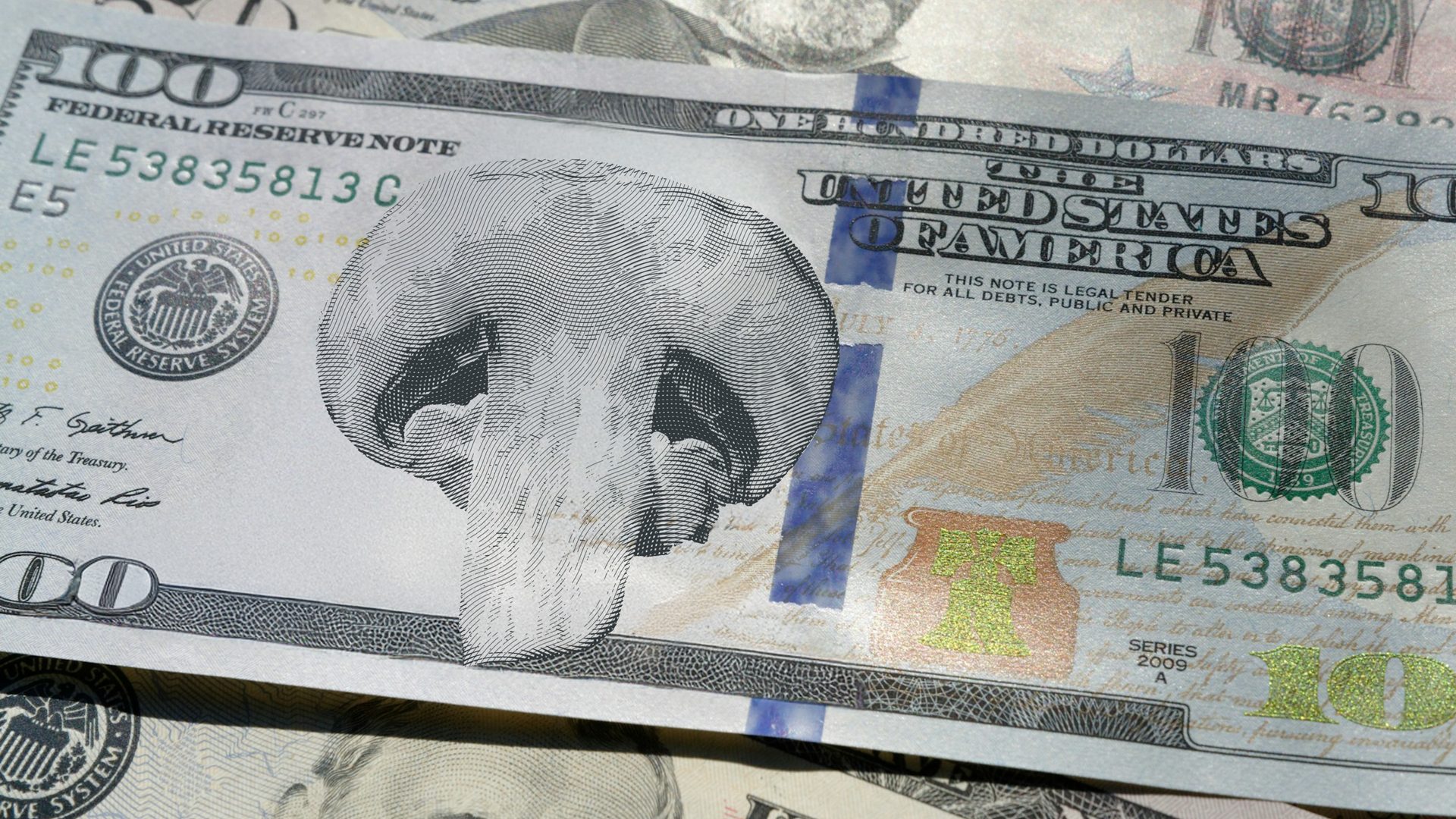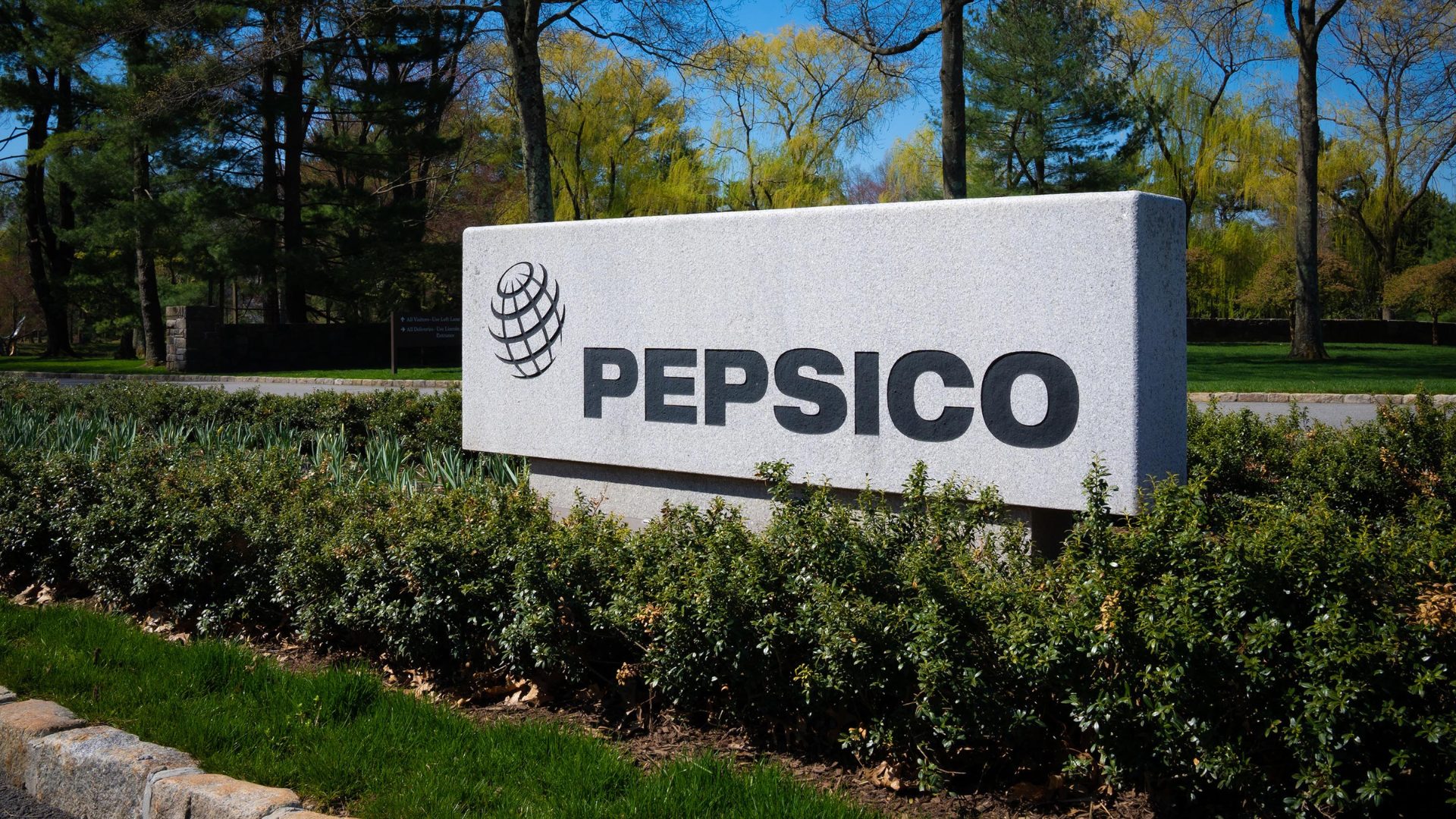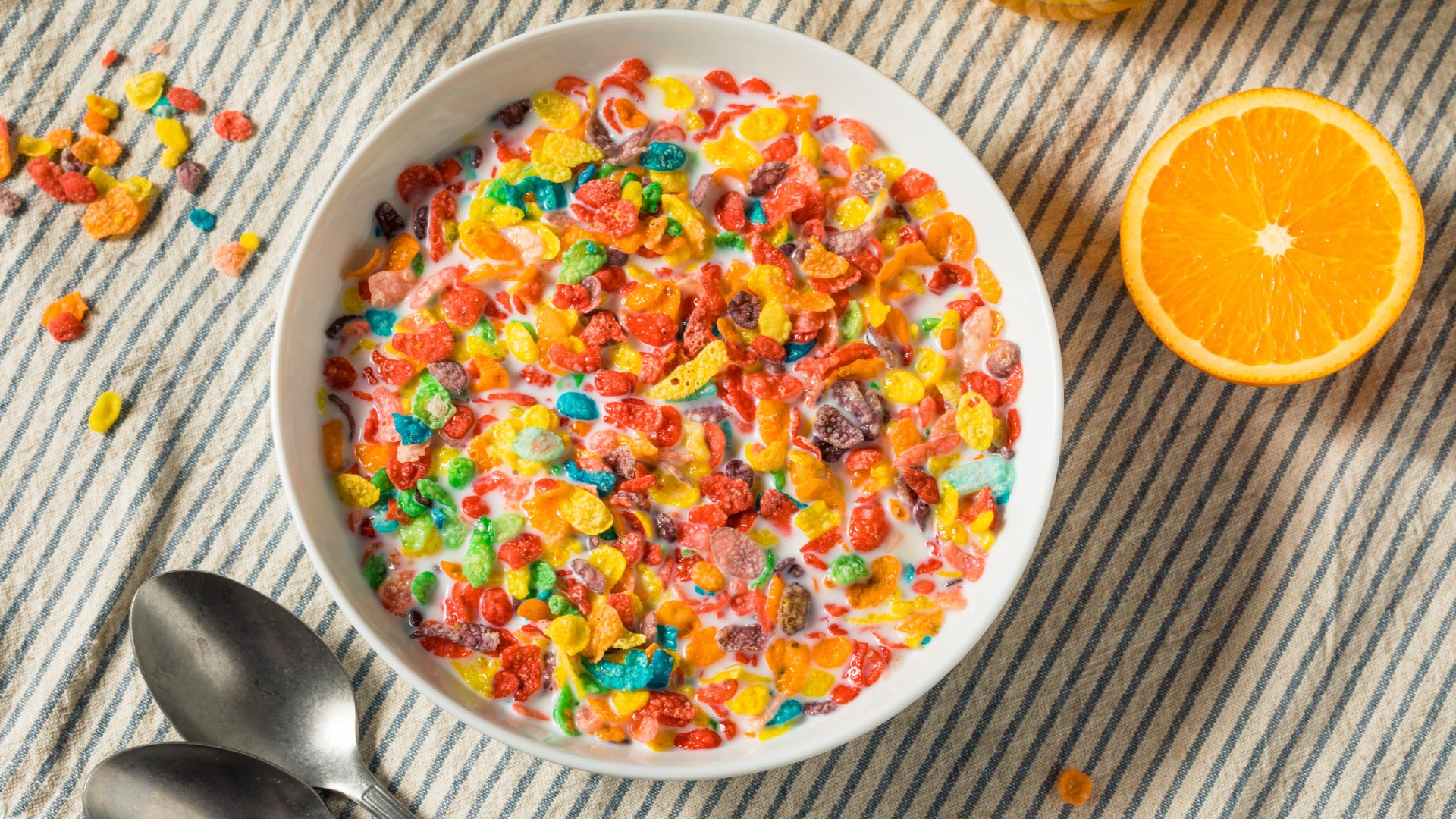Nestle SA recently announced that only 30% of its portfolio is considered healthy after conducting a self-assessment using the Health Star Rating (HSR) system.
The rating test also showed that a third of Nestle’s sales (35%) come from unhealthy foods. The rest of their sales come from products like pet food and infant formula, which were not included in the assessment.
But what is the HSR system?
The HSR system rates products on a five-star scale. The more stars, the healthier the choice, but a score of 3.5 stars or higher is considered healthy.
Developed by the Australian government in collaboration with public health and consumer groups, the HSR is used in Australia and New Zealand as a front-of-pack labeling system designed to help shoppers quickly compare the nutritional profile of similar products.
The ratings are based on a product’s nutritional content, weighing positive nutrients against the less favorable ones. Generally, products low in fat, salt, and sugar are healthier and score higher.
Which companies use the HSR?
Nestle SA isn’t the first major food and beverage company to release a report based on the HSR; Danone and Unilever have also assessed their portfolios using this system.
According to Danone, 90% of its 2021 sales by volume came from healthy products that achieved a rating of 3.5 stars or higher. Meanwhile, only 17% of Unilever’s global nutrition and ice cream portfolio met the same standard.
And while Kraft Heinz and Kellogg’s haven’t released their own reports assessing their nutrition metrics, an analysis published earlier this month by the World Action on Salt, Sugar & Health (WASSH) used the HSR system to assess both company’s portfolios.
The report assessed more than 2,000 products produced and sold by Kellogg’s, Kraft Heinz, Danone, Nestle, and Unilever across three major markets—Australia, France, and Mexico. True to form, Danone was the only manufacturer with a greater share of healthy products available in each of the three countries.
Kellogg’s and Kraft Heinz fared the worst out of the five companies. The report found that 72% of Kellogg’s and 82% of Kraft Heinz’s products fell below the standard definition of healthy.
What does the HSR system offer?
Ultimately, the HSR system is a reliable standard that companies can use to measure the healthfulness of their products and clearly communicate the findings. ShareAction, a responsible investment NGO that supported the WASSH analysis, has urged major food manufacturers to be more transparent about the nutritional content of their portfolios.
“Across the world, manufacturers are over-reliant on the sales of unhealthy foods,” said Holly Gabriel, Campaign Lead for Consumer Health at ShareAction. “Food manufacturers must be more transparent and disclose what proportion of their sales can be classed as ‘healthier.”
Gabriel has applauded Danone, Unilever, and Nestle for releasing their HSR reports, but says it’s not enough to simply release the information—these companies also need to take action.
“This disclosure must be followed with meaningful targets to grow the proportion of sales coming from healthier food and drink,” she said.












